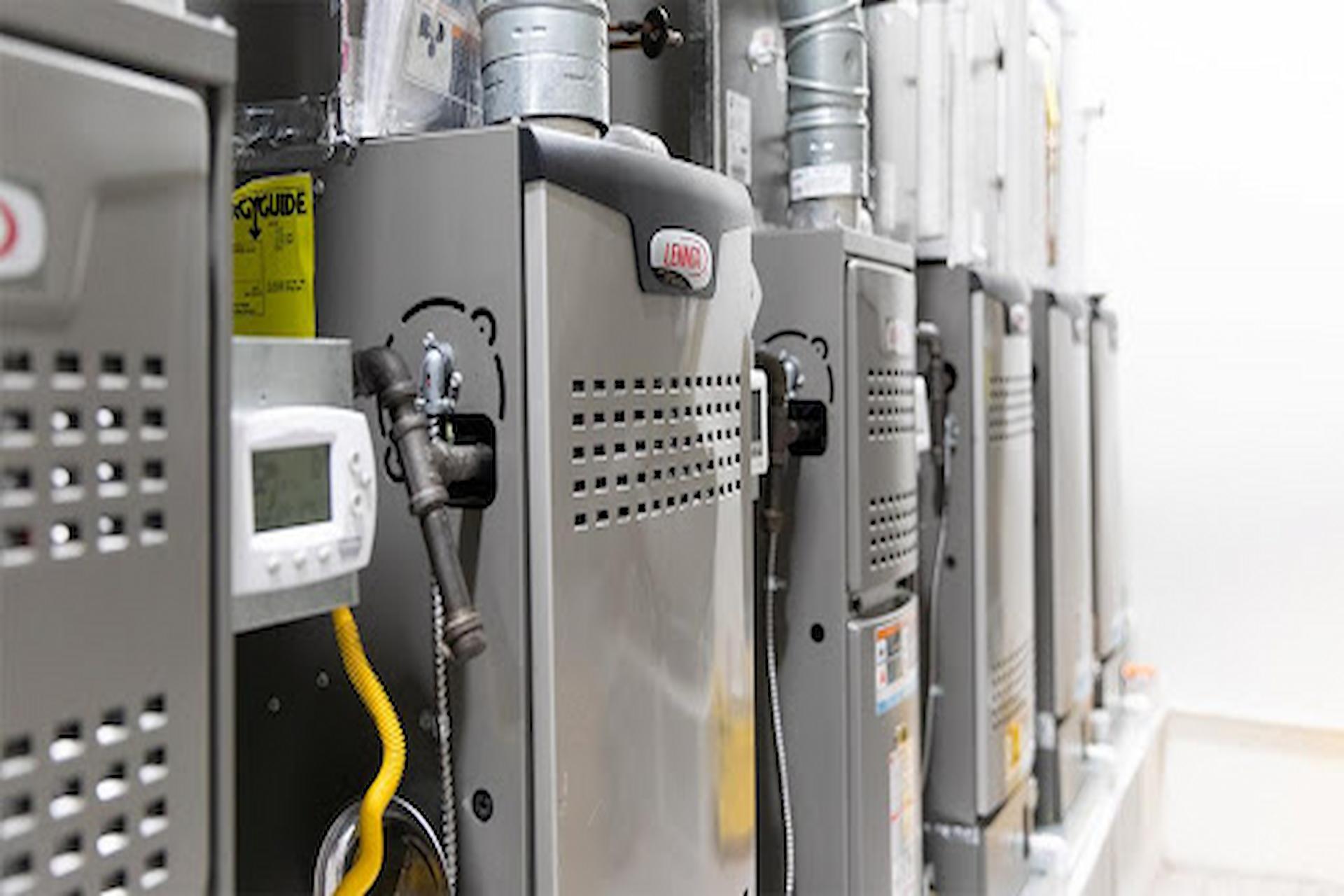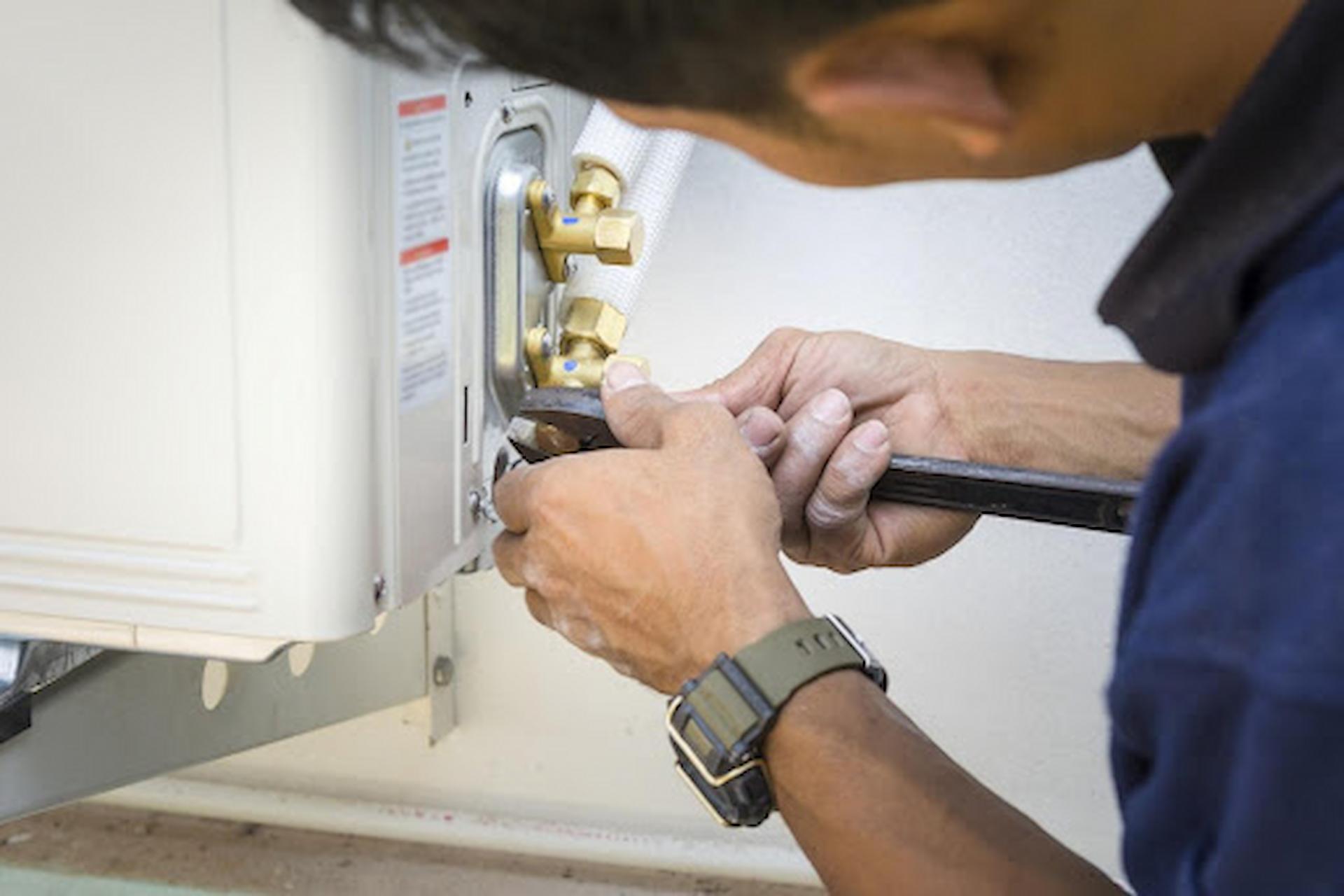A furnace is one of the most necessary things for your home to bring yourself and your family a comfortable and pleasant environment. When it comes to purchasing a suitable type of furnace, most homeowners are curious about their lifespan and want to know how many years a furnace can last. As an experienced technician of furnace in Toronto, you can’t determine the accurate lifespan of your furnace, and it’s affected by many different factors and conditions. For instance, the quality of manufacturing from a famous brand or the installer’s professionalism impacts your furnace’s lifespan. Furthermore, your personal comfort preferences and the climate of your living location are two other important factors. You can increase the lifespan of your home furnace in several practical ways, including scheduling usual maintenance and having your furnace checked by a professional once in a while. As a homeowner, understanding the factors involved in furnace lifespan can help you to make correct decisions regarding replacing or repairing your furnace. Here we list the most critical factors influencing your furnace lifecycle to help you with your choices.
- Poor Installation: As it’s obvious, it’s vital to install your furnace correctly and safely to make it long-lasting and durable. Poor furnace installation cab impacts its lifespan, which is why it’s pretty essential to choose a reliable and experienced furnace technician who knows how to install your furnace properly. Poor and improper furnace design can lead to different problems, including your HVAC system and airflow.
- Thermostat Settings: As a homeowner, your personal desires influence their furnace lifespan. The important thing to consider is the thermostat settings, and you have to know how to set them. Remember, setting your thermostat too low or too high can cause damaging pressure on the system and reduce its lifespan. Ask a professional to know the ideal thermostat setting to take care of your furnace system.
- Furnace Size: Choosing a furnace with the proper size according to your home is critical. A fitted-size furnace can meet your needs perfectly without causing any discomfort. In case of having a furnace system larger than needed, it will possibly turn off and on too quickly. On the other hand, too small furnaces can stay on too long, leading to heat problems and worn and torn parts.
- Improper Maintenance: After having your furnace installed, the technician usually gives you some helpful recommendations on how to maintain it adequately. If you overlook these critical maintenance tips, you may find your furnace worn out sooner than your expectations.

Signs That Tell You It’s Time To Replace Your Furnace
- Increased or new noises
- Increased expenses on energy bills
- Costly repair bills
- Uneven home temperatures
- Furnace blowing cold air
No matter how unique your furnace materials are and how the technician has installed it in the most excellent way possible, you need to replace it one day. However, it’s wise to maintain it properly as much as possible to increase the lifespan and take the most advantage of your furnace system.

